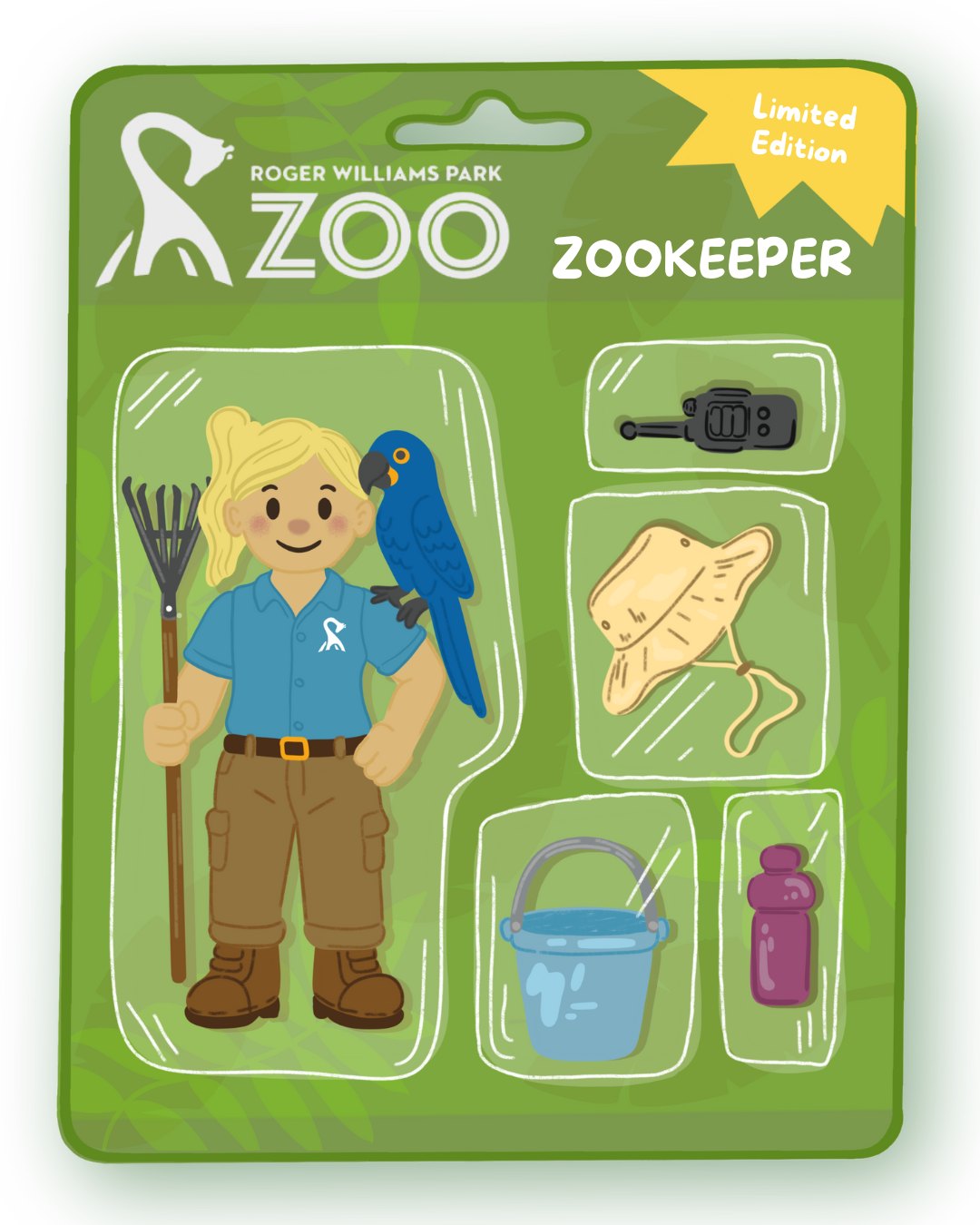- The significance of art in enhancing zoological education and public engagement.
- An overview of the role of zoo management in wildlife conservation.
- The importance of biodiversity and species preservation efforts in zoos.
- Highlighting the creative contributions of zookeepers and staff through non-digital art.
- Understanding the educational impact of visitor experiences in modern zoos.
Art’s potential to enliven zoological education is immense. In an age where digital technology dominates, hand-crafted art offers a refreshing, tactile engagement with wildlife. Hand-drawings, such as the Zookeeper starter pack created by talented artists like Holly Mae at hollymaedesigns, introduce a sensory connection and charm often missing from computer-generated images. They have the power to captivate the imagination of both children and adults, fostering a memorable educational experience. Artistic representations can simplify complex biological concepts, making them accessible. This approach encourages empathy and respect for wildlife by visually narrating their stories.
Zoo management’s role in wildlife conservation is multifaceted and essential. Zoos are not mere centers for public entertainment; they serve as vital havens for endangered species. Many species face severe threats from habitat loss, climate change, and illegal poaching. Zoos have evolved to become active participants in global conservation efforts. They manage breeding programs and genetic diversity, vital for species under threat. The Association of Zoos and Aquariums (AZA) in the United States requires member institutions to participate in Species Survival Plans (SSPs), which are integral to their conservation mission. Effective zoo management also ensures that ethical standards are upheld to enrich the lives of animals in captive environments.
Biodiversity and species preservation stand as primary aims for modern zoos. Preserving a diverse array of species ensures ecosystem stability, as each species has a role within its ecological niche. The Convention on Biological Diversity emphasizes ex-situ conservation. Zoos are crucial as they provide controlled environments for research and breeding. Efforts to reintroduce captive-bred animals into the wild are increasing, facilitated by zoos’ breeding programs. Species like the California condor, Arabian oryx, and golden lion tamarin owe their survival to such initiatives. Zoos also educate the public on biodiversity’s importance, offering insights into complex ecosystems and human impacts on the natural world.
Highlighting creativity within zoological environments enriches public engagement. Zoo staff, including zookeepers, often possess artistic talents. Their creations, whether in illustrations or informative exhibits, enhance educational programs. These artworks breathe life into zoological education, offering new perspectives. By showcasing illustrations such as the hand-drawn Zookeeper starter pack, zoos celebrate their staff’s artistic skills. These visual narratives can simplify complex conservation messages and appeal to diverse audiences. Non-digital art’s charm lies in its attention to detail and individuality, making it an excellent medium for storytelling.
Educational impacts from zoo visits are profound, transforming public perception of wildlife and conservation. Experiences with wildlife in zoos are opportunities for learning and inspiration. Interactive exhibits, live demonstrations, and informative displays create unforgettable journeys. Programs specifically designed for school groups can address curriculum needs while promoting environmental stewardship. Zoo-based education focuses on building awareness and understanding of conservation challenges and strategies. The emotional responses elicited by seeing animals up-close can inspire lifetime commitments to wildlife conservation. By sharing engaging stories and educational content, zoos nurture a conservation-minded society.
Through a union of art and science, zoos craft compelling educational narratives. They invite visitors to embark on adventures that expand understanding of the living world and the challenges species face. These institutions shine as examples of how creativity and dedication can foster conservation impacts extending beyond their walls.
*****
Source Description
Wanted to hop on this fun trend without using AI! Thanks to one of our very talented staff members for hand-drawing our Zookeeper starter pack! 💙 Check out her art @hollymaedesigns 🎨
.
.


